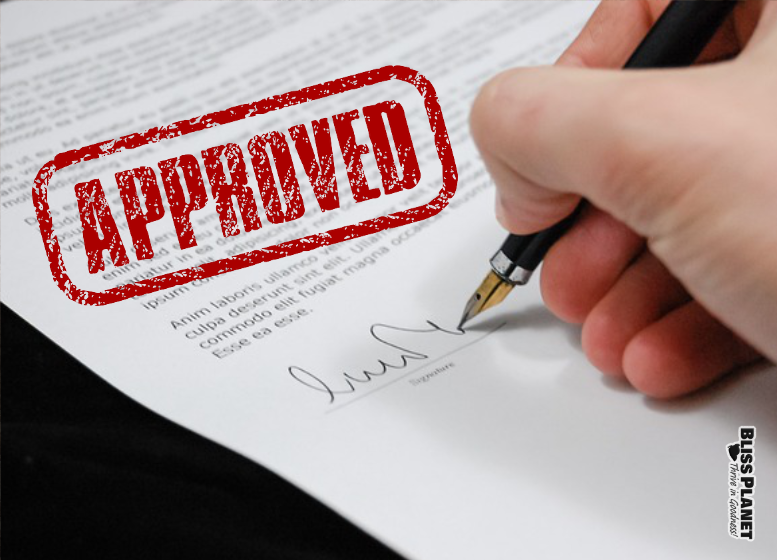Introduction
If you’re a non-profit organization or school that wants to do something great for your community, then writing a grant proposal is the first step toward making it happen. Grants are funding sources that come from foundations, corporations, and government agencies. If you’re successful in writing a strong grant proposal, you’ll receive some of this money which will go toward making your vision a reality.
A well-written grant proposal will contain:
- A cover page with your contact information at the top
- An executive summary that explains what you’re proposing and why it’s important (this should be about one page long)
- A detailed description of the activities you plan to conduct (this should be at least two pages long)
Executive summary: The summary of the proposal.
The executive summary is a short paragraph that explains briefly what your organization does and why it needs funding. It should be about one to two pages in length, including any graphs or charts, and it should include the following information:
- Background—the problem that your organization aims to address.
- Project description—what will happen if you receive funding? What will be accomplished if you don’t receive funding? How much money are you asking for? Why do you need it? What’s at stake if you don’t get it? How will this project differ from previous projects (if applicable)?
- Timeline—when would the project start/end, and how long would it last?
Introduction: Introduce yourself and your organization. Be direct about what you plan to do.
- Introduction
- Here, you’re going to want to introduce yourself and your organization. Make it clear what you plan to do with the grant money. This part can be tricky: You want to sound confident and impressive, but not cocky or arrogant. Try to be direct about what exactly the grant will allow you to do (for example, “this grant will provide me with enough money for x,” or “the funds will help us achieve y”).
Project description: What are the specific outcomes of your project?
A project description should be a clear and succinct description of the specific outcomes you hope to achieve through your project. It can include:
- A brief explanation of the problem you are trying to solve or a brief overview of why you are proposing this solution.
- Detailed information about how you will implement your idea, including any resources available and who will be involved in the process (e.g., staff, volunteers).
- The specific outcomes that your project aims to achieve (e.g., job placements for youth with disabilities).
Management plan: How will you carry out your project?
The management plan is a description of how you will carry out your project and should include:
- A timeline of when each phase of the project will be completed.
- A budget that estimates the time and money required to complete the project, including any additional costs.
- A description of all stakeholders involved in the project; who are they, what are their roles, and how will they interact with one another?
Evaluation: How will you evaluate the impact of your project?
You should think about how you will evaluate your project. This is a crucial part of the grant writing process, and it’s important to get right.
There are many different ways to evaluate a project: surveys, interviews, focus groups or observation can all be used to gather information on how effective an intervention was. If you do not already have the necessary skills or resources in place for collecting this data then it is strongly recommended that you consider hiring an evaluator who does have these skills at their disposal.
Asking your funders for advice on who would be best suited to perform an evaluation is also helpful if they have any suggestions or recommendations on who might offer suitable services at an affordable price point for your organization (or even free!).
Budget/budget narrative: How much will it cost to accomplish your goals?
Your budget is a critical part of your grant application. It tells the funder how much money you will need to accomplish your goals, and it explains how you plan to spend it.
You should have already done some preliminary calculations about your expenses, but now you need to pull together everything related to your project into one document and be sure that it’s complete and accurate. You’ll also need to figure out what funds are currently available for the project from other sources (e.g., if you’re applying for money from an existing endowment).
Writing a grant proposal is mostly just an organized way of describing how you’re going to help your target community, so keep them in mind when making big decisions.
Grant proposals are a specialized form of application that a funder uses to determine whether your project is worth funding. They’re not the same thing as grant applications, which you submit along with an application for funding and other supporting documents.
Conclusion
Hopefully, this guide has helped you start thinking about how to write a grant proposal. Remember that it’s important to keep your audience in mind and present your ideas in a way that will be most persuasive to them. We also hope that you found some of the tips here helpful! If not, don’t give up—there are lots more resources out there just waiting for you. One last thing: if all else fails, go back to basics with our article on how not to get stuck writing those pesky first sentences





